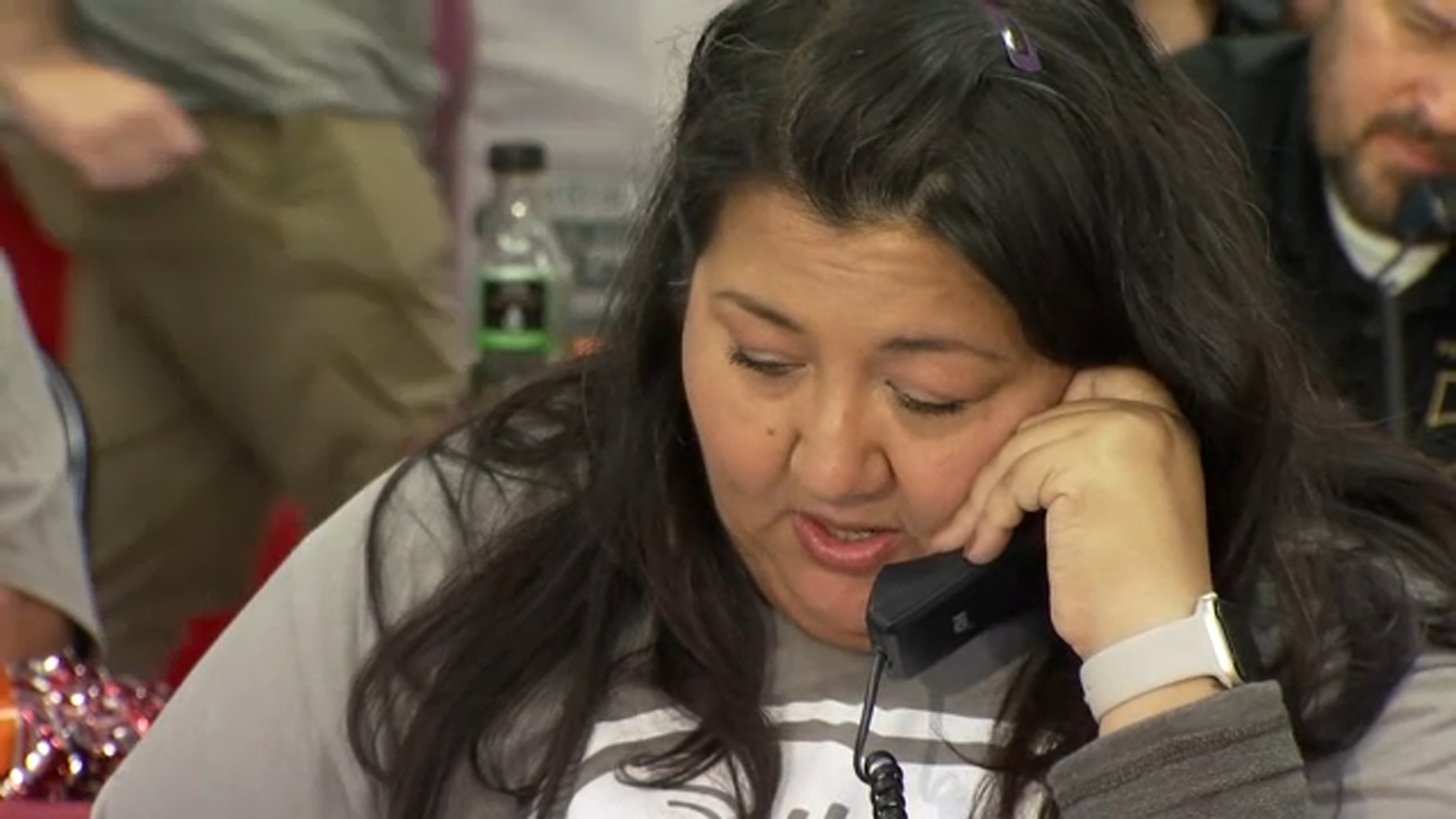Ultrasound Treatment for Essential Tremor

NEW YORK CITY, N.Y. (KFSN) -- Essential tremor is a chronic neurological disorder that causes a person's hands, arms and sometimes head, to shake uncontrollably, and there is no cure. There are medications that can help, but they don't work effectively for many patients. But a new FDA approved procedure is now giving some patients a new lease on life.
"I was getting frustrated and quite depressed," said Katina Ansen.
For painter Ansen, tremors used to affect her work which requires a lot of precision, but also everyday activities.
"When I went to go flip a hamburger or a pancake, it would go flying across the room," Ansen shared.
Ansen's persistent tremors led her to neurosurgeon Michael Kaplitt MD, PhD Professor of Neurological Surgery at Weill Cornell medical college in New York. Dr. Kaplitt was among the first in the country to use a cutting-edge technique to treat essential tremor.
"We are using ultrasound beams to actually non-invasively change the way the brain functions to improve disease," said Dr. Kaplitt.
In the FDA approved procedure, neurosurgeons use MRI guidance to target a very precise area of the brain. Then surgeons administer a focused ultrasound beam.
"It's very similar to when you were a kid and you would use a magnifying glass to focus light beams on a leaf or a piece of paper," Dr. Kaplitt explained.
Ansen needed very little recovery time after surgery. She credits the procedure with giving her her life back.
"I call myself the 2.0 Katina now, because I was updated," Ansen said.
In a clinical trial of the ultrasound treatment, three months after the procedure patients treated with the ultrasound showed a nearly 50 percent improvement in tremors and motor function, and most patients kept that improvement over a one-year period.
For more information on this report, please contact:
Ana Sokol
646-962-9472









